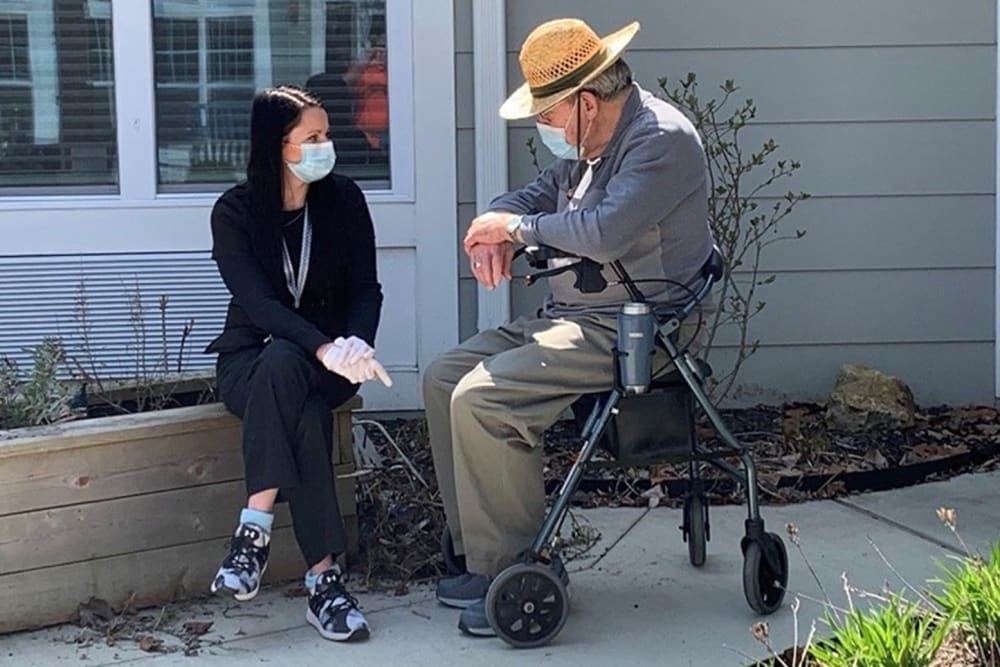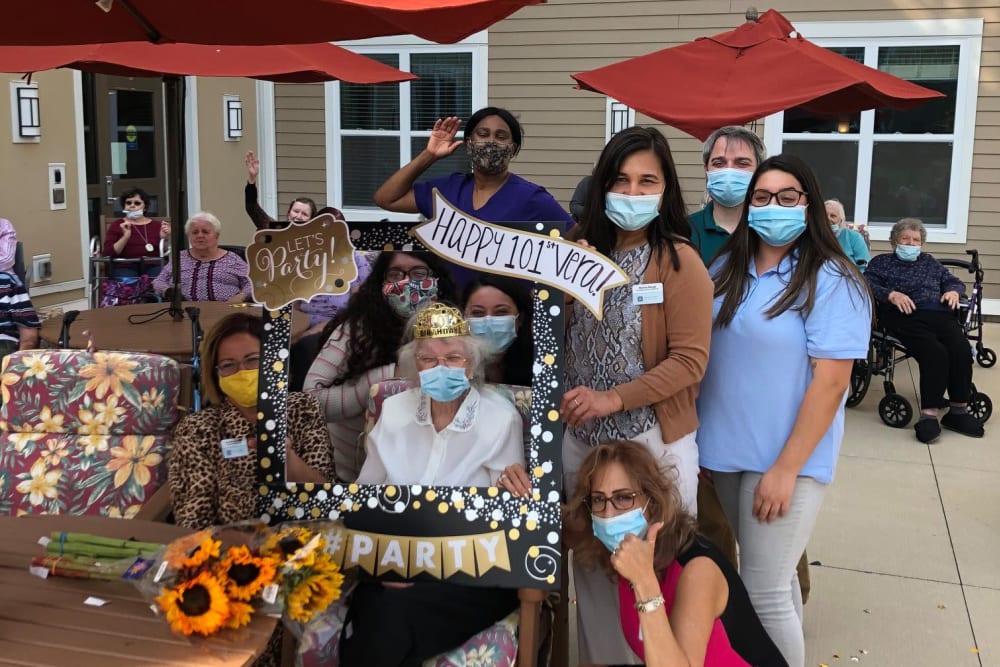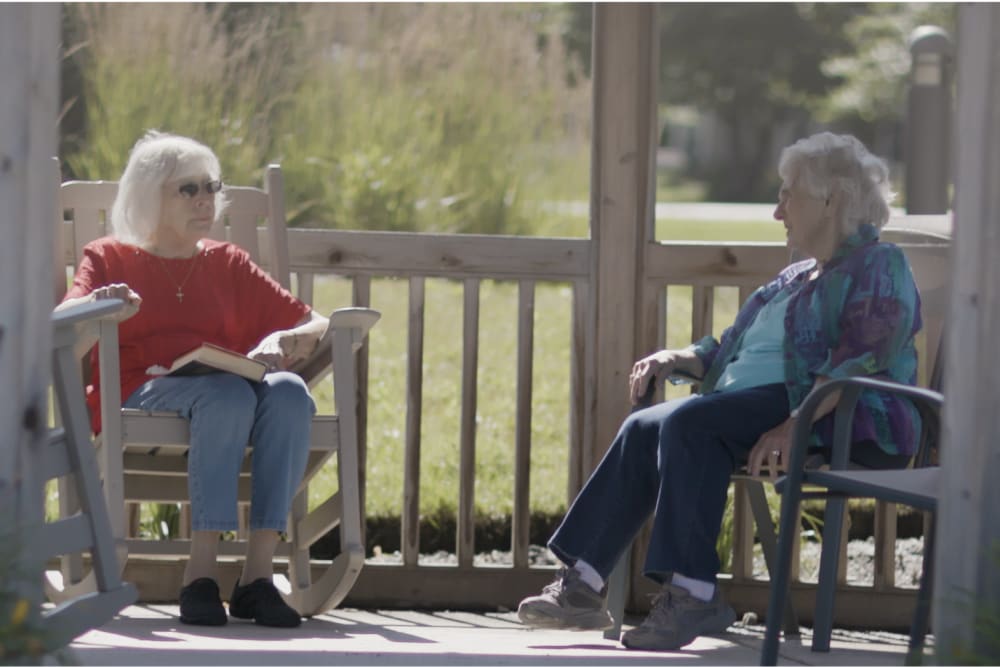ANTHOLOGY RESIDENT FAMILY SATISFACTION SURVEYS
GIVE US A 5! Watch your email on April 26 for the Resident & Family Satisfaction Surveys. At Anthology our mission is to provide a unique senior living experience that provides our residents with the best in hospitality and care. We believe that from every member of the team, from directors and care managers to our housekeeping and kitchen staff, we are committed to making a difference in the lives of the residents we serve. Your feedback is vital to ensure that we meet those expectations. We strive for all 5s and look forward to hearing from you! The surveys will be open from April 26 to May 5.
MARK YOUR CALENDARS!
Make sure to review the April Activities Calendar for events and activities!
April 7: Good Friday
April 9: Easter
April 11: National Pet Day
April 22: Earth Day
Please join us on Wednesday, April 19 at 3 PM (EST) / 2 PM (CST) / Noon (PST) for the next segment of our Anthology Quarterly Virtual Education Series.
TOPIC: Common dementia symptoms and ways to work through them
The session will be hosted virtually on Microsoft Teams by Brenda Gurung, Memory Care Specialist for Anthology. Register here: https://bit.ly/APRIL2023
All Anthology families, families of choice and friends are welcome. An inclusive, welcoming space.
RECENT HAPPENINGS!
Meet Marge (left). Marge is moving from the East Coast to be near her daughter. Moving is always stressful but when it is long distance it can be that much more challenging. No two moves are alike, and it is our job to help families navigate the process and sometimes the situation calls for some extra creative! A couple weeks ago, our Executive Director, Kelleigh Peddy, jumped on a plane to personally bring Marge back to Michigan. This small act took some stress off the family and gave Marge and Kelleigh some bonding time to get to know each other. We are all looking forward to welcoming Marge to Anthology of Farmington Hills!

April is National Volunteer Month, a time to show appreciation for volunteers, highlight the benefits of giving back and hopefully inspire others to take up a worthy cause as well.
An estimated nine million people aged 65 and older volunteer their time each year. Seniors who volunteer at least 100 hours a year, that’s only eight to nine hours each month, show improved mental and physical health. Experts believe it’s because volunteering provides aging adults with a sense of purpose that translates to a more physically active and engaged lifestyle.
Finding the Right Volunteer Opportunity
Choosing the right volunteer opportunity starts with reflecting on your skills and interests. Ask yourself these questions to help discover what type of volunteer work you might enjoy:
- What is my time commitment? Are you seeking an on-going opportunity, or would you prefer to work on one-off projects each month?
- Do I want to harness my current skillset or learn new ones? Don’t feel constricted to only work with the skills you currently possess. Many volunteer opportunities offer training to anyone who is willing to help.
- What industries am I interested in? Do you prefer working with people in need, animal shelters, the arts or adults and children with chronic illnesses? Think about who or what cause you want donate your time to.
Start locally. Check volunteer listings for local libraries, museums, senior living communities, churches, food banks and community gardens. You can also use these websites to help broaden your search to do good.
As always, please reach out with any questions, and I will continue to update you by email.
Sincerely,

Kelleigh Peddy
Executive Director, Anthology of Farmington Hills
30637 West 14 Mile Rd | Farmington Hills, MI 48334 | (248) 983-4780
FarmingtonHillsED@AnthologySeniorLiving.com











